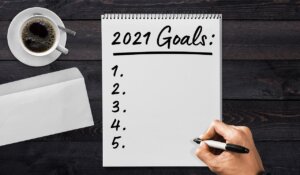[Guest Submission by Chesa Keane, continuation of theme from previous blog post]
- Focus on Google for search results; the other search engines will follow suit over time.
- Review your website for keyword placement and density (keyword/total word ratio); you won’t be found if the keywords are not present in the proper configuration (i.e. there are requirements for the number of keywords used in different parts of the code that creates the page).
- Update your website frequently; stale sites drop fast and fresh information keeps your site sticky (viewers stay and return).
- Present clear calls-to-action; give your visitor a reason to respond.
- Validate your web pages for error-free code; Google will downgrade poorly constructed websites.
- Content must be relevant to both the website and the web page.
- Avoid Flash content and frames pages; these websites cannot be reliably indexed.
- Obtain inbound links from relevant, high-profile websites with good PageRank.
- Create multiple points-of-presence (e.g., blogs, article publication, activity at forums, social media), where you can get as many positive messages out as possible, pushing the negative messages down on a search engine results page.
- Monitor your results constantly and adapt quickly based on the results.
——————————-
For more resources, see the Free Management Library topic: Crisis Management
——————————-
Chesa Keane, principal of Reno, Nevada-based TAO Consultants, Inc., has been offering web design and search engine optimization (SEO) advice since 1995, soon after the advent of the modern World Wide Web. She is Bernstein Crisis Management’s preferred provider of SEO Reputation Management services.
 Sections of this topic
Sections of this topic














